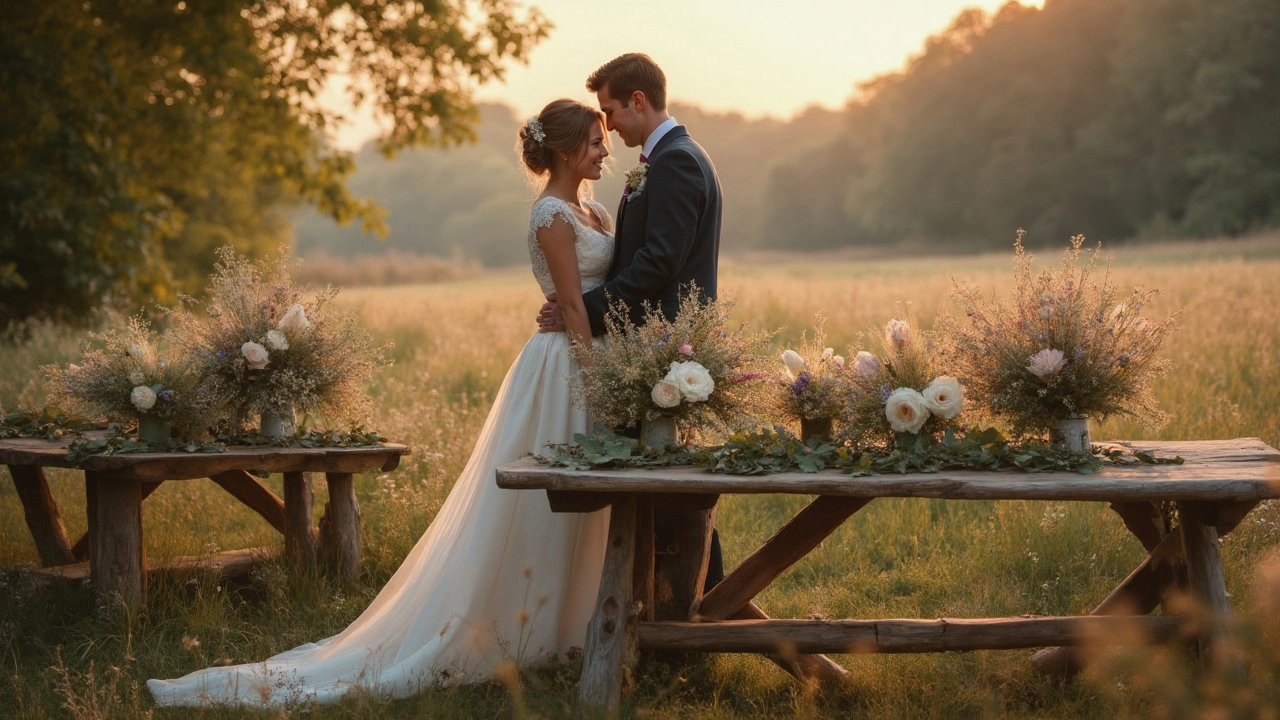Wedding DIY: Real Tips to Plan Your Bristol Celebration Yourself
Thinking about doing it yourself? You don’t have to be a craft master to pull off a beautiful wedding. A bit of planning, some smart shortcuts, and the right mindset can turn a DIY approach into a stress‑free, budget‑friendly day.
Start with a Clear Budget Blueprint
The first thing you need is a realistic budget. Break every expense down per guest – venue, food, drinks, flowers, invites – and then see where you can cut costs. Our own 100‑person wedding budget guide shows the math in plain numbers, so you know exactly how much you have to work with.
Once you know your total, allocate a DIY percentage. For most couples, 20‑30% of the budget can go toward things you’ll make or source yourself, like centrepieces, signage, or even a simple cake.
DIY Flowers Without Breaking the Bank
Flowers are one of the biggest splurges, but they’re also the easiest to DIY. Try buying bulk stems from a wholesale market in Bristol and arranging them in simple jars or recycled bottles. If you’re short on time, dollar store flowers can be transformed with a spray of green foliage and a quick trim – the result looks surprisingly fresh.
Don’t forget the colour palette. Stick to two main shades and a filler colour; this keeps the look cohesive and prevents you from buying too many different varieties.
Need a quick cheat sheet? Look at seasonal flowers that are already in bloom – they cost less and match the weather naturally.
Another tip: reuse ceremony flowers for the reception. A simple swap of vases can give you two looks from one purchase.
Craft Your Own Invitations and Signage
Printing invites can add up fast. Use free design templates, print on cardstock, and hand‑stamp details with a simple rubber stamp. If you enjoy a bit of calligraphy, your own lettering adds a personal touch that looks expensive.
For signage, chalkboards or reclaimed wood sign posts work wonders. Paint them in your wedding colour (think muted sage or dusty blue) and use a bold font for key information. Guests love the handmade feel.
Keep the Dress Code Simple
Ask your wedding party to wear what they already own in your colour scheme. This removes the need for expensive rentals. For the groom, a classic navy suit works for almost any theme and can be found at a reasonable price in local Bristol shops.
Even the father of the groom can look sharp with a simple tie change instead of a full new suit. Our guide on "Father of the Groom Attire" gives easy colour combos that avoid clashing.
Photography Without a $3,000 Price Tag
If a professional photographer feels pricey, consider a talented friend or a photography student. Offer a small stipend or a few printed photos as a thank‑you. The key is clear communication about the timeline – 10 hours of coverage is usually more than enough for a full day.
Make a shot list ahead of time so your photographer (or friend) knows the must‑have moments. This saves both time and money.
Final Checks Before the Big Day
Two weeks before, walk through the venue with a checklist: seating, lighting, power outlets for DIY décor, and a backup plan for rain. Keep a small emergency kit – safety pins, double‑sided tape, and a spare set of earrings.
On the day, delegate tasks. Ask a trusted friend to handle the cake cutting, another to oversee the flower setup, and someone else to manage the guest book. When everyone has a clear role, you can actually enjoy the day instead of being stuck fixing things.
DIY doesn’t mean doing everything alone. It means being smart about where you spend, where you save, and how you add a personal touch. With these tips, your Bristol wedding will feel unique, heartfelt, and totally you.
DIY Wedding Centerpieces: Should You Make Your Own?
Choosing whether to make your own wedding centerpieces can be a mix of excitement and stress. With the rise of DIY culture, creating your own pieces allows for personal touches but requires time, effort, and creativity. This article explores the pros and cons of DIY centerpieces and offers tips for those considering this option. Get inspired to make your wedding decor a reflection of your unique love story while weighing the practical aspects of the process.
View More